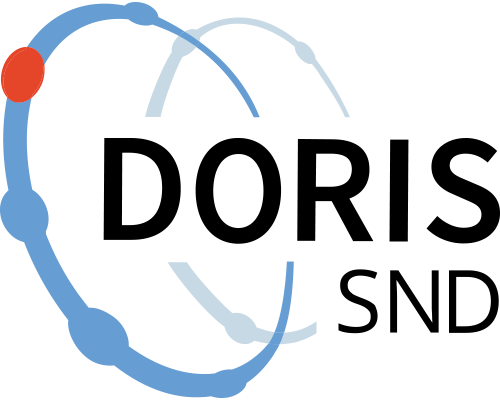Arctic Ocean 2016 - Meteorological and Aerosol Data
https://doi.org/10.5879/zt6n-1x47
This dataset contains data collected during the Canadian-Swedish expedition Arctic Ocean 2016. The research cruise took place August through September 2016, using the icebreaker Oden.
For ship data from the cruise, as well as graphics and files describing the route, see https://snd.gu.se/sv/catalogue/study/ecds0221Opens in a new tab
For descriptions of Work Packages and research conducted during the cruise, see the SWEDARCTIC Arctic Ocean 2016 Expedition Report: http://urn.kb.se/resolve?urn=urn:nbn:se:polar:diva-3475Opens in a new tab
Additional information on the expedition, including links to publications, is available at http://www.polarforskningsportalen.se/en/arctic/expeditions/arctic-ocean-2016Opens in a new tab
Work Package: Meteorology, Atmospheric Boundary Layer and Surface Fluxes
The meteorology work package has three distinct objectives:
1) Profiling of the thermodynamic structure of the polar atmosphere from the surface to approximately 25 km to provide information on synoptic structure.
2) Measurement of turbulent surface exchange (momentum, heat, water vapour), the surface energy balance, and evaluation of exchange coefficients over sea ice. This objective is primarily aimed at the development and evaluation of surface flux parameterizations for use in numerical models, both for operational forecasting and climate studies.
3) Measurement of the aerosol particles on which polar clouds and fog form. The Arctic boundary layer is extremely clean compared to that over the open oceans or continental landmasses – aerosol concentrations are often exceptionally low. Our understanding of the sources of aerosol particles on which Arctic cloud and fog droplets form is poor, and models of aerosol typically struggle to reproduce even basic features of the size distribution and seasonal variability.
Data include:
Measurements: Wind speed and direction, air temperature, humidity, water vapour concentration, surface temperature, overhead cloud base height, cloud fraction statistics, backscatter profiles from aerosol/cloud droplets, solar and infra red radiation, cloud/fog droplet spectrometry, and aerosol size distributions.
Images: 10 second timelapse thermal images of the ice off port side, 10 second (port/stb) and 60 second (forward) visible images of the surface to the horizon.
Sampling: Fog water droplets, aerosol particles.
A detailed description of data, methods, and equipment is available in the file 'AO16 Meteorological and Aerosol Data Info'.
Data files
Data files
Documentation files
Documentation files
Citation and access
Citation and access
Creator/Principal investigator(s):
- Ian Brooks - University of Leeds
Research principal:
Data contains personal data:
No
Citation:
Data access level:
Language:
Method and outcome
Method and outcome
Data collection - Physical measurements and tests
Data collection - Physical measurements and tests
Geographic coverage
Geographic coverage
Topic and keywords
Topic and keywords
Relations
Relations
Metadata
Metadata
Version 1.0

Swedish Polar Research Secretariat